
Who is Bob Ross?
Bob Ross was a painter, art instructor, and television host who became famous for his television show "The Joy of Painting." The show aired on PBS from 1983 to 1994 and featured Ross teaching viewers how to paint landscapes and nature scenes in his signature calm and soothing manner.

The Joy of Painting
"The Joy of Painting" was a half-hour show that aired on PBS stations across the United States. In each episode, Ross would start with a blank canvas and paint a landscape or nature scene while providing tips and instructions on how to paint along with him. Ross was known for his encouraging and positive attitude, often saying things like "we don't make mistakes, just happy accidents."
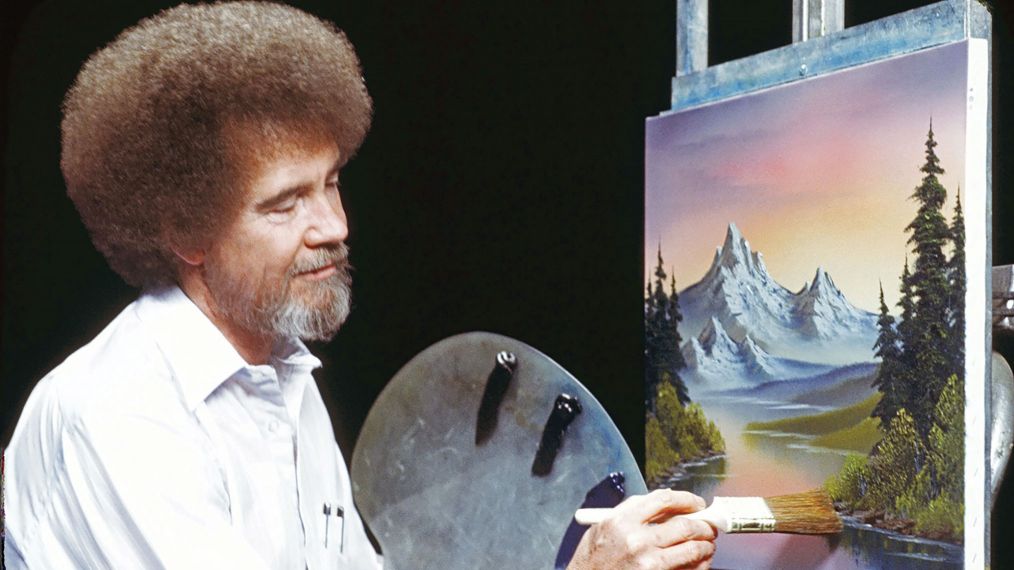
Bob Ross's Painting Technique
Ross's painting technique involved using a wet-on-wet method, where he applied wet paint on top of wet paint to create blended colors and soft edges. He also used a limited palette of colors, often only using a few colors to create an entire painting. Ross was known for his ability to create beautiful landscapes and nature scenes in a short amount of time, often completing a painting in just one episode of "The Joy of Painting."

Bob Ross on Youtube
Bob Ross's popularity has continued long after his death in 1995. His television show "The Joy of Painting" has been syndicated around the world and is available on DVD and streaming services. In recent years, his popularity has grown even more thanks to the internet and social media. Many of his episodes are available on Youtube, where viewers can watch and learn from his painting techniques.

Bob Ross's Legacy
Bob Ross's legacy as an art instructor and television host has had a lasting impact on the art world. His calm and soothing demeanor, as well as his approachable teaching style, have inspired countless people to start painting and pursue their artistic passions. His memorable quotes and phrases, such as "happy little trees" and "let's get crazy," have become part of popular culture.

Conclusion
Bob Ross's impact on the art world and popular culture cannot be overstated. His television show "The Joy of Painting" has inspired countless people to start painting and pursue their artistic passions. With his calm and soothing demeanor, he has become a beloved figure in the art world and beyond. Thanks to the internet and social media, his legacy will continue to inspire and influence future generations of artists.
Related video of Pbs Painter Bob Ross Youtube

The Story Behind Yesterday
Paul McCartney wrote Yesterday in 1965 while he was staying at his girlfriend's house in London. The melody came to him in a dream, and he woke up and quickly wrote it down. He thought it was a cover song, but when he played it for his bandmates, they didn't recognize it. McCartney struggled to come up with lyrics, but eventually settled on a simple, melancholic tune about lost love.

The Lyrics of Yesterday
Yesterday, all my troubles seemed so far away
Now it looks as though they're here to stay
Oh, I believe in yesterday
Suddenly, I'm not half the man I used to be
There's a shadow hanging over me
Oh, yesterday came suddenly
Why she had to go, I don't know, she wouldn't say
I said something wrong, now I long for yesterday
Yesterday, love was such an easy game to play
Now I need a place to hide away
Oh, I believe in yesterday

The Legacy of Yesterday
Yesterday has become one of the most popular and beloved songs in the Beatles' catalog, and has been covered by countless artists over the years. It has been recognized as one of the greatest songs of all time, and has won numerous awards, including a Grammy Hall of Fame Award and an Ivor Novello Award for Best Song Musically and Lyrically.
The song's timeless lyrics and haunting melody continue to resonate with audiences today, and serve as a testament to Paul McCartney's songwriting genius.
Conclusion
Paul McCartney's Yesterday is a classic song that has stood the test of time. Its simple yet powerful lyrics and unforgettable melody have made it a favorite of music lovers around the world. Whether you're a Beatles fan or just appreciate great music, Yesterday is a must-listen.
Related video of Paul McCartney Yesterday Lyrics
When it comes to choosing a dog breed, there are many factors to consider, including size, activity level, and temperament. One breed that has been gaining popularity in recent years is the Pattern White Australian Shepherd. This stunning breed is known for its unique coat pattern and friendly personality.
History of the Pattern White Australian Shepherd

The Australian Shepherd breed originated in the United States in the 19th century, but the Pattern White variation is a more recent development. These dogs are the result of a genetic mutation that causes their coats to be predominantly white, with patches of black, brown, or gray.
The Pattern White Australian Shepherd was first recognized as a separate breed by the United Kennel Club in 2017, and has since gained a following among dog lovers who appreciate their unique appearance and friendly demeanor.
Appearance of the Pattern White Australian Shepherd
The most striking feature of the Pattern White Australian Shepherd is, of course, their distinctive coat pattern. Their white fur is often marked with patches of black, brown, or gray, giving them a unique and eye-catching appearance.
Aside from their coat color, Pattern White Australian Shepherds are similar in appearance to other Australian Shepherd breeds. They are medium-sized dogs, typically weighing between 40 and 65 pounds, with a muscular build and pointed ears.
Temperament of the Pattern White Australian Shepherd

One of the most appealing aspects of the Pattern White Australian Shepherd is their friendly and outgoing personality. These dogs are known for being affectionate and loyal to their owners, and they tend to get along well with children and other pets.
However, it's important to note that Pattern White Australian Shepherds are also highly active and require plenty of exercise and mental stimulation. They excel at activities like agility, obedience training, and herding, and can become bored or destructive if they don't receive enough exercise and attention.
Caring for a Pattern White Australian Shepherd

Like all dogs, Pattern White Australian Shepherds require regular grooming and veterinary care to stay healthy and happy. Their thick coats should be brushed regularly to prevent mats and tangles, and they may require occasional trips to the groomer for trimming or other treatments.
In terms of exercise and activity, Pattern White Australian Shepherds need plenty of opportunities to run, play, and explore. They should be taken for daily walks or runs, and given plenty of opportunities to engage in activities like fetch, frisbee, or herding.
Pros and Cons of Owning a Pattern White Australian Shepherd

As with any dog breed, there are both pros and cons to owning a Pattern White Australian Shepherd. Here are a few things to keep in mind:
- Pros:
- Unique and eye-catching appearance
- Friendly and loyal personality
- Great with children and other pets
- Highly intelligent and trainable
- Cons:
- Require a lot of exercise and mental stimulation
- May become bored or destructive if not given enough attention
- May have health issues related to their coat color
- May be prone to certain genetic health conditions
Conclusion
If you're looking for a friendly, intelligent, and unique-looking dog, the Pattern White Australian Shepherd may be the perfect breed for you. Just be prepared to provide them with plenty of exercise, attention, and love!
Related video of Pattern White Australian Shepherd
When it comes to bridges, there are many different parts that make up the structure. Some of these parts are pretty obvious, while others might be a bit more obscure. In this article, we're going to explore some of the most important parts of a bridge, each with a name that consists of exactly five letters!
Span
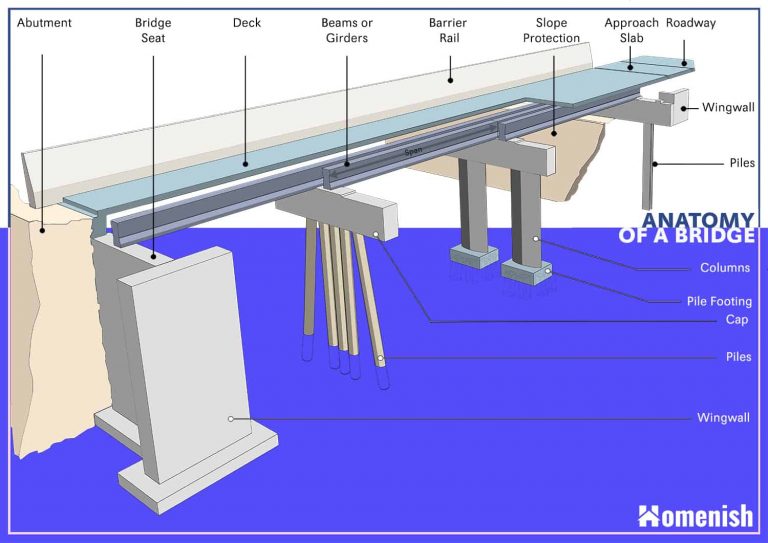
One of the most fundamental parts of a bridge is the span. This is the distance between two supports, such as columns or piers. The span is what allows the bridge to cross over a body of water or a valley, and it can vary in length depending on the design of the bridge.
Deck
The deck is the surface of the bridge that cars, trucks, and pedestrians travel on. It's usually made of concrete or steel, and it needs to be strong enough to support the weight of the vehicles and people who use the bridge.
Piers

Piers are the vertical supports that hold up the deck of the bridge. They're usually made of concrete or steel, and they need to be able to withstand the weight of the deck and the vehicles and people that use the bridge.
Abutment

An abutment is a structure that supports the ends of the bridge and connects it to the land. Abutments are usually made of concrete or masonry, and they need to be strong enough to keep the bridge stable and prevent it from collapsing.
Steel

Steel is a material that's commonly used in bridge construction because it's strong and durable. Many bridges are made almost entirely of steel, including the Golden Gate Bridge in San Francisco and the Brooklyn Bridge in New York City.
Arch

An arch is a curved structure that's used to support the weight of the bridge. Arches are often used in bridge construction because they distribute the weight of the bridge evenly and can be very strong.
Cable

Cables are often used in suspension bridges to support the weight of the deck. These cables are usually made of steel and are connected to tall towers on either side of the bridge.
Tower
Towers are tall structures that are used to support the cables of a suspension bridge. These towers need to be strong enough to hold the weight of the cables and the deck of the bridge, and they're often designed to be visually striking.
River

The river is the body of water that the bridge crosses over. Rivers can vary in size, and bridges that cross over large rivers need to be designed to withstand strong currents and other environmental factors.
Steel

Steel is a material that's commonly used in bridge construction because it's strong and durable. Many bridges are made almost entirely of steel, including the Golden Gate Bridge in San Francisco and the Brooklyn Bridge in New York City.
Joint

A joint is a connection between two pieces of the bridge that allows them to move independently. Joints are important in bridge construction because they allow the bridge to expand and contract as temperatures change without causing damage to the structure.
Deck

The deck is the surface of the bridge that cars, trucks, and pedestrians travel on. It's usually made of concrete or steel, and it needs to be strong enough to support the weight of the vehicles and people who use the bridge.
Steel
Steel is a material that's commonly used in bridge construction because it's strong and durable. Many bridges are made almost entirely of steel, including the Golden Gate Bridge in San Francisco and the Brooklyn Bridge in New York City.
Beam
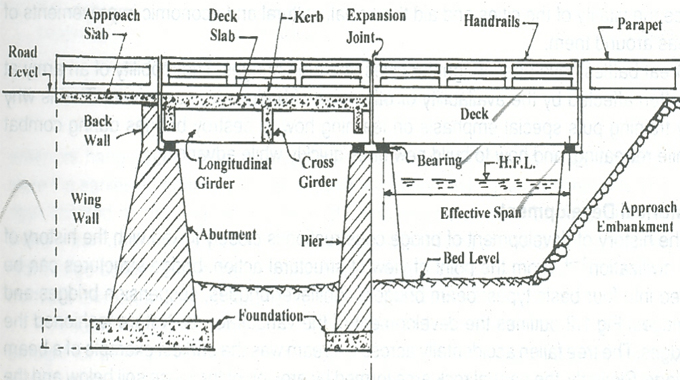
A beam is a long, horizontal structure that's used to support the weight of the bridge. Beams are often made of steel or concrete, and they need to be strong enough to hold up the deck of the bridge and the weight of the vehicles and people that use it.
Truss

A truss is a structure that's made up of a series of interconnected triangles. Trusses are often used in bridge construction because they're very strong and can be used to span long distances without needing a lot of vertical supports.
Steel

Steel is a material that's commonly used in bridge construction because it's strong and durable. Many bridges are made almost entirely of steel, including the Golden Gate Bridge in San Francisco and the Brooklyn Bridge in New York City.
Deck

The deck is the surface of the bridge that cars, trucks, and pedestrians travel on. It's usually made of concrete or steel, and it needs to be strong enough to support the weight of the vehicles and people who use the bridge.
Abutment

An abutment is a structure that supports the ends of the bridge and connects it to the land. Abutments are usually made of concrete or masonry, and they need to be strong enough to keep the bridge stable and prevent it from collapsing.
Steel

Steel is a material that's commonly used in bridge construction because it's strong and durable. Many bridges are made almost entirely of steel, including the Golden Gate Bridge in San Francisco and the Brooklyn Bridge in New York City.
Deck
The deck is the surface of the bridge that cars, trucks, and pedestrians travel on. It's usually made of concrete or steel, and it needs to be strong enough to support the weight of the vehicles and people who use the bridge.
Steel
Steel is a material that's commonly used in bridge construction because it's strong and durable. Many bridges are made almost entirely of steel, including the Golden Gate Bridge in San Francisco and the Brooklyn Bridge in New York City.
Deck
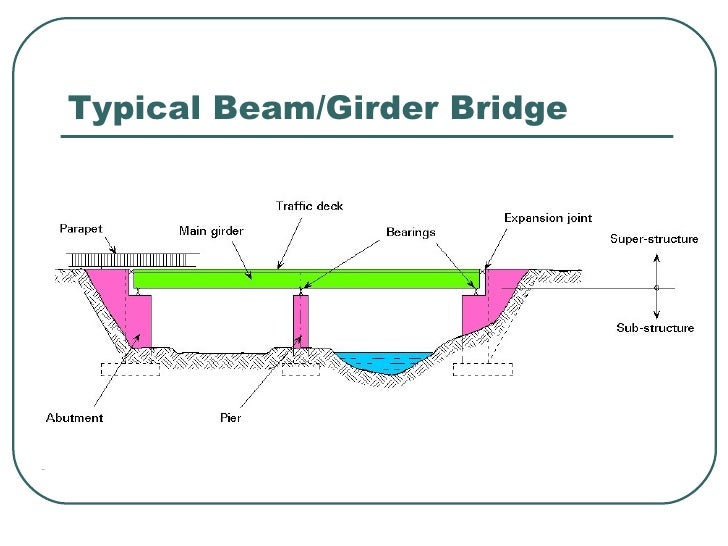
The deck is the surface of the bridge that cars, trucks, and pedestrians travel on. It's usually made of concrete or steel, and it needs to be strong enough to support the weight of the vehicles and people who use the bridge.
Steel

Steel is a material that's commonly used in bridge construction because it's strong and durable. Many bridges are made almost entirely of steel, including the Golden Gate Bridge in San Francisco and the Brooklyn Bridge in New York City.
Conclusion
As you can see, there are many different parts that make up a bridge, each with its own unique name consisting of exactly five letters. Whether it's the span, deck, piers, or any of the other parts we've discussed, each plays an important role in ensuring that the bridge is strong, stable, and capable of carrying the weight of the vehicles and people that use it. By understanding these parts, we can appreciate the engineering marvels that bridges truly are, and the incredible feats of human ingenuity that have made them possible.
Related video of Parts of a Bridge 5 Letters
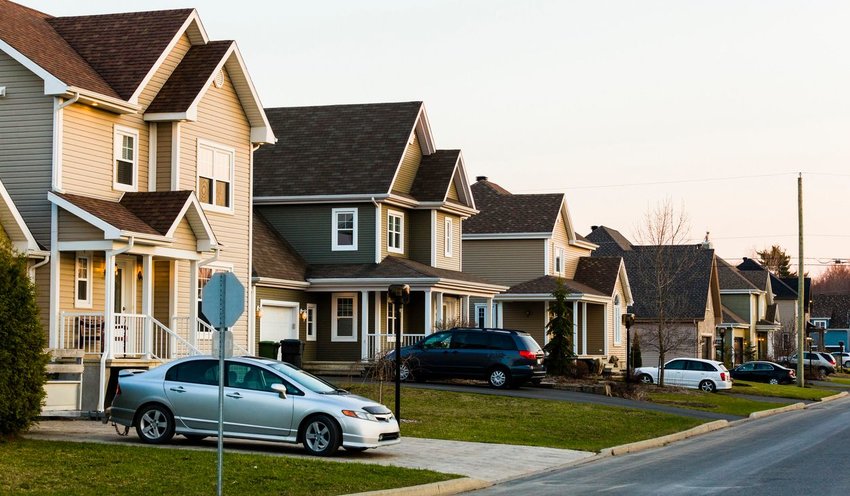
Introduction
Have you ever wondered why we park on a driveway and drive on a parkway? The English language can be quite confusing, especially for non-native speakers. In this article, we will explore the origins of these terms and why they have become so common in everyday language.
The Driveway
The term "driveway" originated in the early 1900s when cars started becoming more popular. A driveway is a private road that provides access to a garage or parking area. It is usually located on the property of a house or building.
When you park on a driveway, you are parking on a private road that is owned by the property owner. This is why it is called a "driveway" and not a "parkingway". The term "parkway" actually has a different meaning.
The Parkway
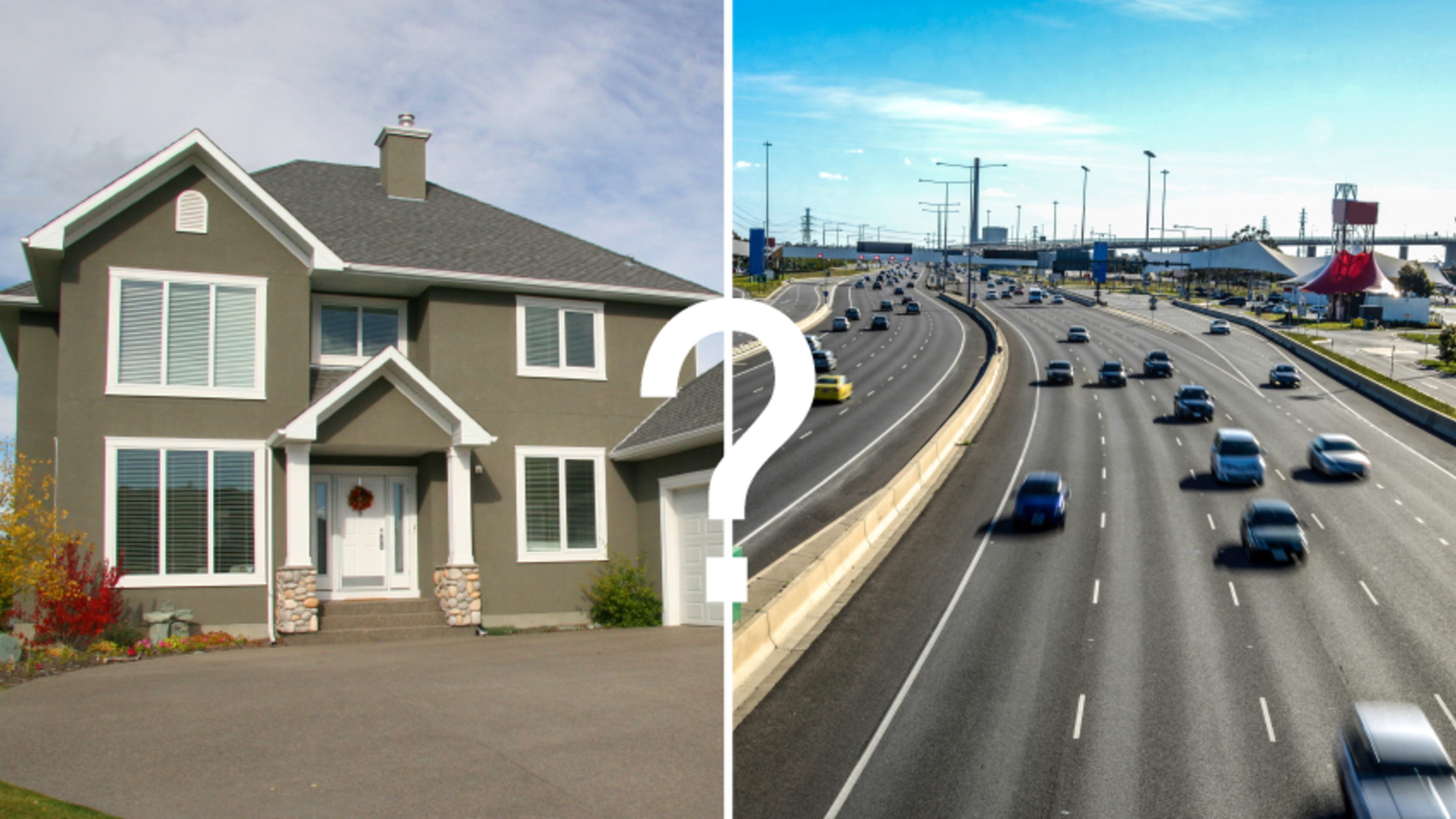
The term "parkway" originated in the late 1800s when landscapers started designing scenic roads that were meant for leisurely drives. These roads were usually located in parks or other natural areas and were designed to showcase the beauty of the surrounding landscape.
When you drive on a parkway, you are driving on a scenic road that is meant to be enjoyed at a leisurely pace. This is why it is called a "parkway" and not a "driveway".
The Confusing World of English Language
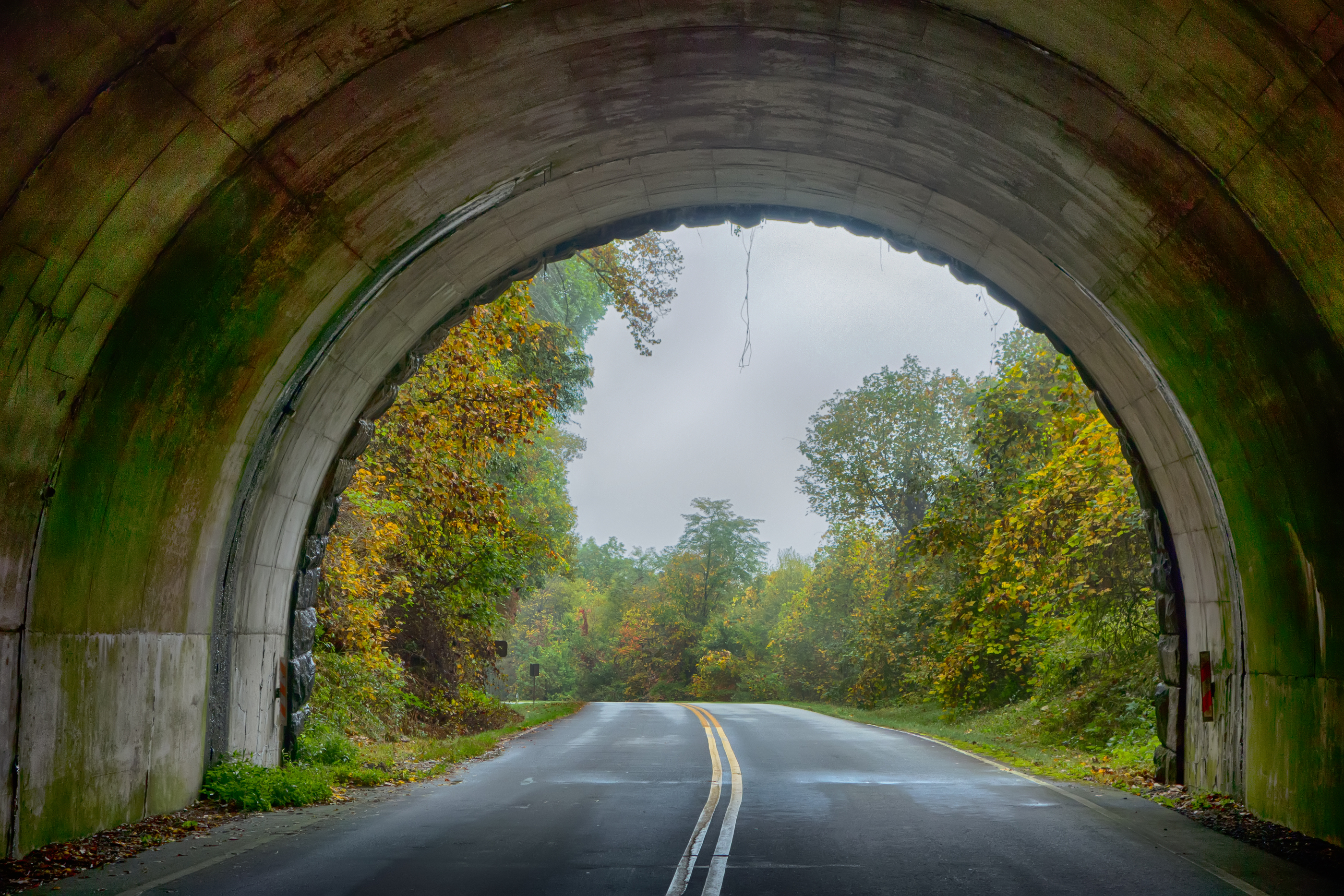
The English language can be quite confusing, especially for non-native speakers. The fact that we park on a driveway and drive on a parkway is just one example of the many quirks of the English language.
Other examples include the fact that "flammable" and "inflammable" mean the same thing, and "cleave" can mean both "to split apart" and "to stick together".
Conclusion
In conclusion, the terms "driveway" and "parkway" have very different origins and meanings. When you park on a driveway, you are parking on a private road that provides access to a garage or parking area. When you drive on a parkway, you are driving on a scenic road that is meant to be enjoyed at a leisurely pace.
The English language can be confusing at times, but it is also a fascinating language with a rich history and complex grammar. By exploring the origins of common phrases and terms, we can gain a better understanding of the language and how it has evolved over time.
Related video of Park On A Driveway Drive On A Parkway: The Confusing World of English Language

The Story of Paolo Gucci Watches
Paolo Gucci was a member of the famous Gucci family that founded the iconic fashion brand. In the 1970s, he started his own line of luxury watches that quickly became popular among watch enthusiasts and fashion enthusiasts alike. Paolo Gucci watches were renowned for their high-quality materials, intricate designs, and precise movements.

Factors That Affect the Worth of Paolo Gucci Watches
There are several factors that can affect the worth of a Paolo Gucci watch. One of the most important factors is the condition of the watch. A well-maintained watch that still works perfectly is worth much more than a watch that is damaged or in poor condition.
The rarity of a Paolo Gucci watch is also an important factor. Limited edition watches, watches that were only produced for a short period of time, and watches that are no longer in production are usually worth more than mass-produced watches that are still available in stores.
The materials used to make the watch can also affect its value. Watches made from precious metals like gold and platinum are usually worth more than watches made from stainless steel or other materials.
How to Determine the Worth of a Paolo Gucci Watch
Determining the worth of a Paolo Gucci watch can be a bit tricky, as there are several factors to consider. The best way to determine the worth of a watch is to consult with a professional appraiser or a reputable watch dealer.
However, there are some things you can look for to get a general idea of a watch's worth. Look for the model number and serial number of the watch, as well as any documentation that came with the watch when it was purchased. This can give you an idea of the watch's rarity and history.
You can also search online marketplaces and auction sites to see how much similar Paolo Gucci watches are selling for. Keep in mind that the condition of the watch will affect its value, so be sure to compare watches that are in similar condition.

The Value of Owning a Paolo Gucci Watch
Owning a Paolo Gucci watch is not just about its monetary value. These luxury timepieces are also a symbol of style, elegance, and sophistication. Wearing a Paolo Gucci watch can make a statement and add a touch of luxury to any outfit.
Paolo Gucci watches are also built to last. With proper care and maintenance, a Paolo Gucci watch can last a lifetime and even be passed down as an heirloom to future generations.
Finally, owning a Paolo Gucci watch can be a source of pride and accomplishment. These watches are not easy to come by, and owning one is a testament to one's taste and appreciation for fine craftsmanship.

Conclusion
Paolo Gucci watches are more than just luxury timepieces – they are a symbol of style, elegance, and sophistication. Whether you are a watch enthusiast or a fashion enthusiast, owning a Paolo Gucci watch is a sign of good taste and appreciation for fine craftsmanship.
If you are interested in purchasing a Paolo Gucci watch, be sure to do your research and consult with a professional appraiser or reputable watch dealer to ensure you are getting a genuine watch that is worth its price tag.
Related video of Paolo Gucci Watch Worth: Understanding the Value of Luxury Timepieces

Barn wood is a popular choice for rustic home decor. It is a type of reclaimed wood that comes from old barns, fences, and other wooden structures. The aged and weathered look of barn wood adds character and warmth to any space. Painting on barn wood is a fun and creative way to repurpose this material, creating unique and personalized pieces for your home.
Choosing the Right Barn Wood

When choosing barn wood for your painting project, it is important to consider the color, texture, and condition of the wood. Look for pieces that have interesting knots, cracks, and grain patterns. These imperfections add charm and character to the finished piece. Make sure the wood is clean and free of any rot or pests. Sand the wood lightly to remove any rough spots or splinters.
Preparing the Surface

Before painting, it is important to prepare the surface of the barn wood. Start by cleaning the wood with a damp cloth to remove any dirt or dust. If the wood is particularly dirty, you can use a mild soap solution. Let the wood dry completely before proceeding. If the wood has a rough surface, you may want to sand it lightly to create a smoother surface for painting. Use a fine-grit sandpaper and sand in the direction of the grain.
Choosing the Right Paint

Choosing the right paint is important for achieving a successful painting on barn wood project. Consider the style and color scheme of your home when selecting paint colors. For a rustic and natural look, consider using earthy tones like brown, green, and beige. You can also use brighter colors for a more modern look. When selecting paint, choose a high-quality paint that will adhere well to the wood surface. Oil-based paints are a good choice for barn wood because they are durable and long-lasting.
Painting Techniques

There are many different painting techniques you can use when painting on barn wood. One popular technique is to use a dry brush to create a weathered and distressed look. To do this, dip the brush in paint and then remove most of the paint by wiping it on a paper towel or rag. Lightly drag the brush over the surface of the wood, focusing on the areas that would naturally wear over time. Another technique is to use a stencil to create a pattern or design on the wood. Tape the stencil in place and then use a brush or sponge to apply the paint.
Protecting the Finish

After painting, it is important to protect the finish of your barn wood piece. Apply a clear coat of polyurethane or wax to the surface of the wood to protect it from moisture and wear. Use a brush or rag to apply the clear coat in a thin and even layer. Let the coat dry completely before handling the piece.
Ways to Use Painted Barn Wood
There are many ways to use painted barn wood in your home decor. You can create a rustic headboard for your bed, a unique picture frame, or a one-of-a-kind wall art piece. You can also use painted barn wood to create a statement piece of furniture like a coffee table or bookshelf. The possibilities are endless!
Conclusion
Painting on barn wood is a fun and creative way to add a rustic and chic touch to your home decor. With the right preparation, paint, and technique, you can turn old barn wood into a personalized and unique piece of art. Whether you choose to create a small accent piece or a larger statement piece of furniture, painted barn wood is sure to add charm and character to your home.
Related video of Painting On Barn Wood: A Rustic and Chic Trend
ads
Search This Blog
Blog Archive
- October 2022 (15)
- September 2022 (31)
- August 2022 (31)
- July 2022 (30)
- June 2022 (30)
- May 2022 (32)
- April 2022 (30)
- March 2022 (30)
- February 2022 (21)
